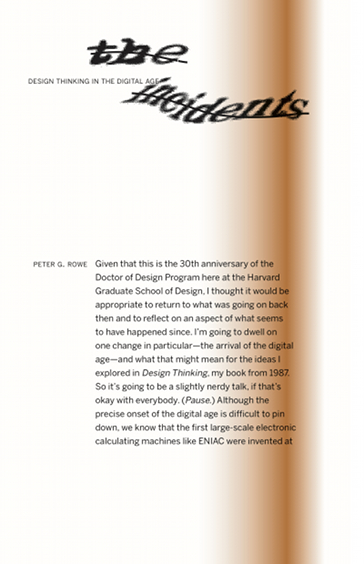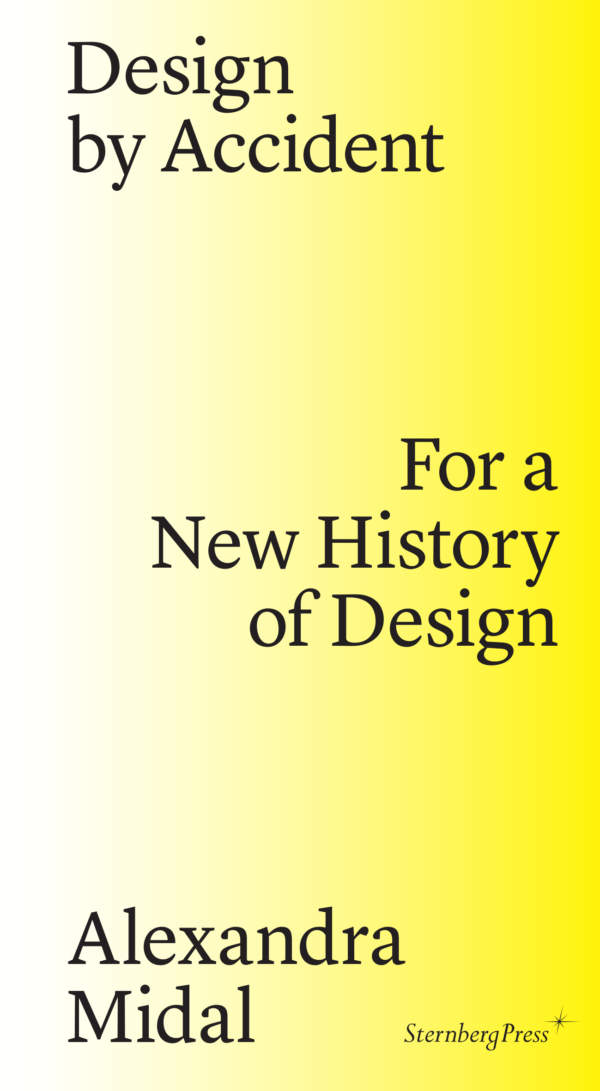Your cart is currently empty.
Cart

Design Thinking in the Digital Age
Edited by Jennifer Sigler, Leah Whitman-Salkin
Introduction by Martin Bechthold
In 1987, Peter G. Rowe published his pioneering book Design Thinking. In it, he interrogated conceptual approaches to design in terms of both process and form. Thirty years later, in a lecture at the Harvard University Graduate School of Design, Rowe offered a reappraisal of his earlier work, describing ways in which the capacities of the digital age have changed the way we perceive and understand creative problem-solving in architectural design. In this new account of “design thinking” based on that memorable talk, Rowe charges that ideas about the “precision” and “incompleteness” of information have become exaggerated and made more manifest. He dives into the crucial role of schema theory and the heuristics that flow from it, but concedes that the “ineffable characteristics of design problems and of design thinking also appear to have remained.”







